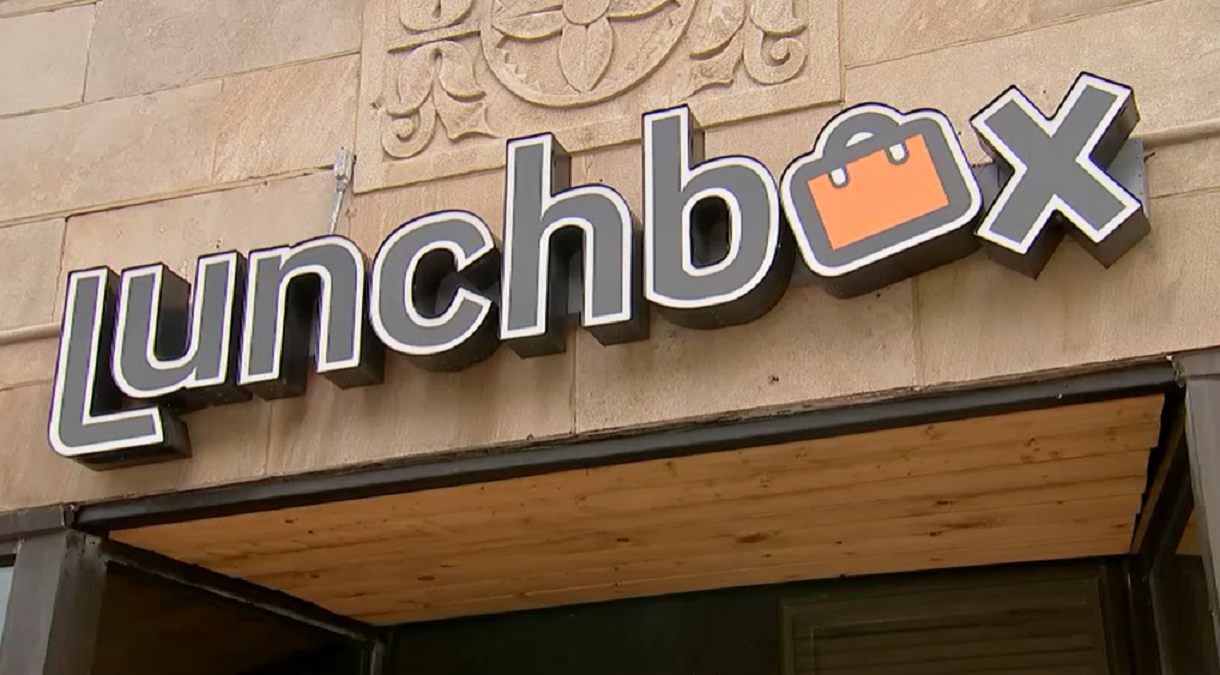Creating a product that is new, novel and never been done before is always more challenging than improving or redesigning an existing technology. Be prepared to input more time and money than you otherwise would. New products require greater focus around research, design, development, marketing and the whole nine yards; whereas improvements on existing technologies, line extensions, and the like, are much easier to navigate. However, launching a new idea will bring in greater marketing opportunities, competitive advantages, and hopefully greater customer appreciation.
A brand new idea that doesn’t have a built-in customer base is always more risky. Will consumers buy our products? Will they utilize them as much as we do?
As scary as it all can be, it is still certainly a worthwhile experience and risk … especially if you pick the right idea. Therefore give considerable amount of time and thought to which ideas you decide to pursue in business. Through this process, keep a running list of ideas. Brainstorm, debate, and brainstorm some more. Great ideas should stand out amongst all other ideas on the drawing board, calling your attention, and passing all of your devil advocate tests. Creating, developing, marketing, distributing, and growing a brand, as mentioned, takes time, attention, intensity and money. So make sure the idea is something that will capture your dedication and willingness to spend, for the long haul.
Do note that product development and distribution goals can differ project to project, so some projects don’t necessarily fall into the same rigor as others, based on resources, instilled key advantages, etc.
However, and in general, make sure your product idea is:
1) Relevant to a large audience or a niche that has the potential to expand.
2) Fits a real need currently or in a trending capacity.
3) Developable within your budget, or a budget in which you can establish through funding.
4) Functional, interesting and sellable.
There are more debatable factors that can come into play when establishing feasibility than the punch list above, so I encourage you to truly debate your idea and share your idea with close ones for constructive feedback. Also, many ideas are tossed once you start to design, engineer, and reconfigure your marketable end game. So throughout the project, always try to keep the end game in mind, and be prepared to abort the endeavor if critical compromises present themselves.
Local
For example, if end product cost, gross margins, functional or design compromises are made, be prepared to reevaluate viability of the project.
After considerable focus, feedback, debate and research has been given to your idea, begin “the process,” which includes:
1) Testing
2) Engineering
3) Design
4) Legal
5) Manufacturing
a. Re-engineering to meet manufacturing needs
b. Re-redesigning to meet manufacturing process efficiencies
6) More Testing
7) Graphics, packaging, promotional assets
8) Establishing budgets, business resources, team and infrastructure needs
9) Marketing
10) Sales
12) Scaling the business as needed
Amongst the above simplified steps there are a bevy of variables, decisions and strategies that play into influencing your product potential. Don’t underestimate the amount of time and concentration that needs to be focused around minute and major variables. In general, focus on the product during the development stage, and the customer during the business stages and with the right idea and hard work, you will be on your way.
Joshua Lefkovitz is a business entrepreneur residing in Chicago, IL. He attended The Ohio State University school of business and is the owner and founder of a medical device manufacturing business, as well as an ecommerce company, and a consumer products development company specializing in health and wellness products. On the top of his mind these days is his recent start-up zinganything.com.



